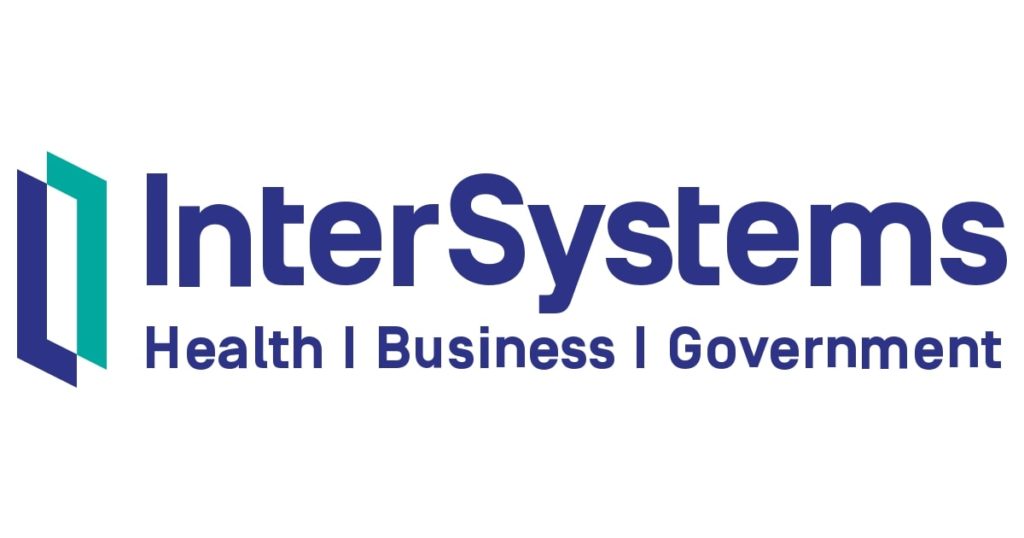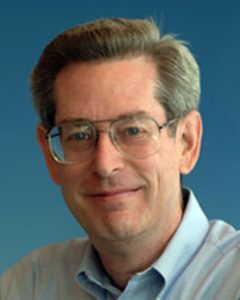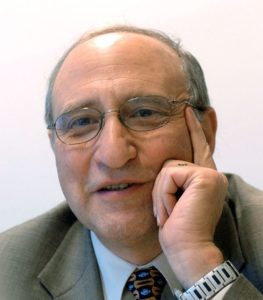InterSystems – A Software Company that Houses high-Performing DBMS and Application Development.
In 1978, Philip Ragon founded InterSystems Corporation. It is a company established in the software sector and its headquarters is based in Cambridge, Massachusetts. InterSystems is better represented as a privately held vendor which provides a range of software systems and technologies.
The main products of the company are high-performance DBMS (database management system), rapid application development, and also healthcare information systems. In 2019, the annual revenue of the company was $727 million. InterSystems have several product lines based on the services it offers. For example, the product called HealthShare is a platform for healthcare informatics systems to securely access sensitive records.
History of InterSystems Corporation
Philip Ragon, a famous American entrepreneur founded InterSystems in 1978 and currently serves as the CEO of the company. When the company was founded, it was one of the original vendors that supplied to M-Technology Systems with a product called ISM. M-Technology which is also known as MUMPS is a high-performance product for managing hospital laboratory information systems. InterSystems was a very old vendor to MUMPS and in the following years, the company started acquiring several MUMPS implementations.
The acquisitions included buying DTM from Data Tree in 1993 and DSM from DIgital in 1995. The first two acquisitions triggered the expansion of InterSystems while the third acquisition of Micronetics in 1998 made InterSystems a very powerful company for M technology. As the company acquired a series of M technology implementations, it was time for InterSystems to launch something of their own.

New Products
After the acquisitions, InterSystems rolled out a product called OpenM. This product represented an integration of technologies from the series of products they acquired till 1998. The company consolidated all the technologies into a single product and named it Cache. It was released in the late 1990s. The company made a kick start will releasing all the M-based products under its brand name. But, after consolidating the technologies, the company halted any further development in the M-based product lines. They continued to support the customers but their focus shifted to a different technology.
In 2003, InterSystems released an integration platform called Ensemble which marked the companies expansion to other technology areas. Seeing the potential in the demand for high-performance and secure technologies in the healthcare sector, it developed a product called HealthShare. This product was launched in 2006 and it is a platform for scalable healthcare informatics systems which is still existing in the market. In 2007, Company acquired a vendor of TrakCare called TrakHealth. The company used the technology of InterSystems to develop a modular healthcare information system.
After making significant progress in healthcare technology, the company invested some time in developing efficient DBMS. In 2011, InterSystems launched a new product called Globals. The product was built using the same technology as Cache and it was released as a free database based on the technology of multidimensional array storage. The same year, Company made a huge acquisition from the company Siemens as it acquired its Health Services business unit. In 2017, the company rolled out another lucrative product line called InterSystems Iris Data Platform which combined the DBMS capabilities with analytics and interoperability.
Philip Ragon – Founder of InterSystems Corporation
Philip Ragon became famous after he founded InterSystems Corporation, a company that houses several high-tech solutions for multiple business sectors. Philip is also very famous as a philanthropist who along with his wife pledged to donate half of their money to doing good for those in need. He is a member of the Harvard Medical School Board of Fellows as well a member of the MIT Corporation. Last year, Philip Ragon was featured in the Forbes 400 richest people in America list in which he ranked 378.

Annasha Dey is an NIT student, who apart from studying engineering is also a content writer. She has a great interest in photography, writing, reading novels, and travelling as well. She is a foodie who loves socializing and hanging out with her friends. She is also a trained Kathak dancer and a big fashion enthusiast. Dey also loves watching TV series, which includes F.R.I.E.N.D.S. and Big Bang Theory. To be a better writer she prefers to read more



